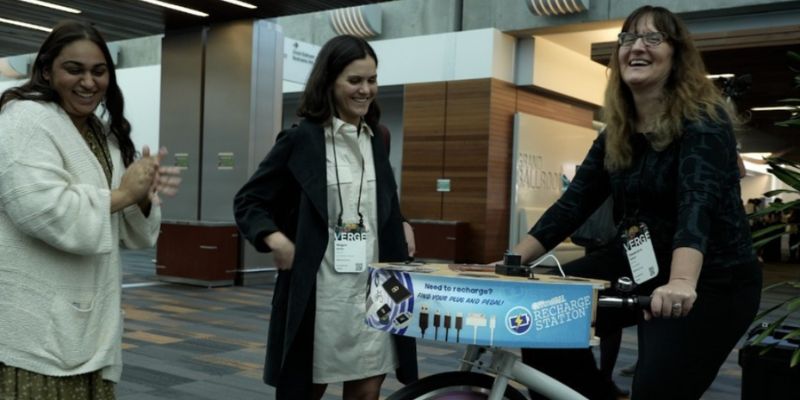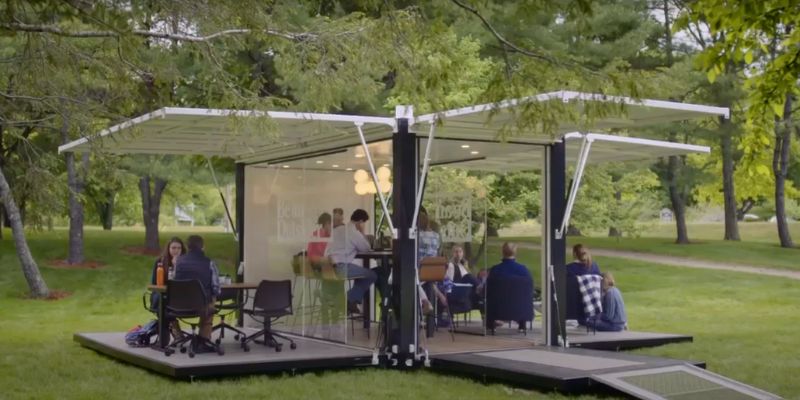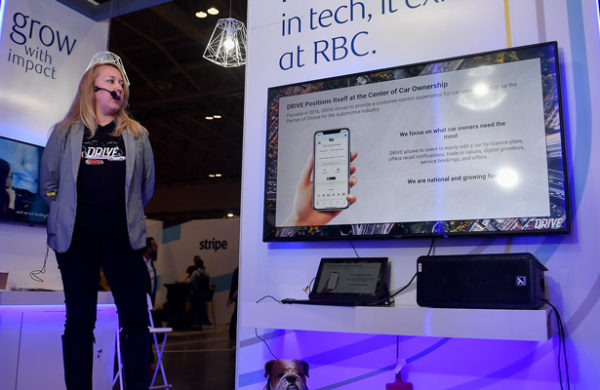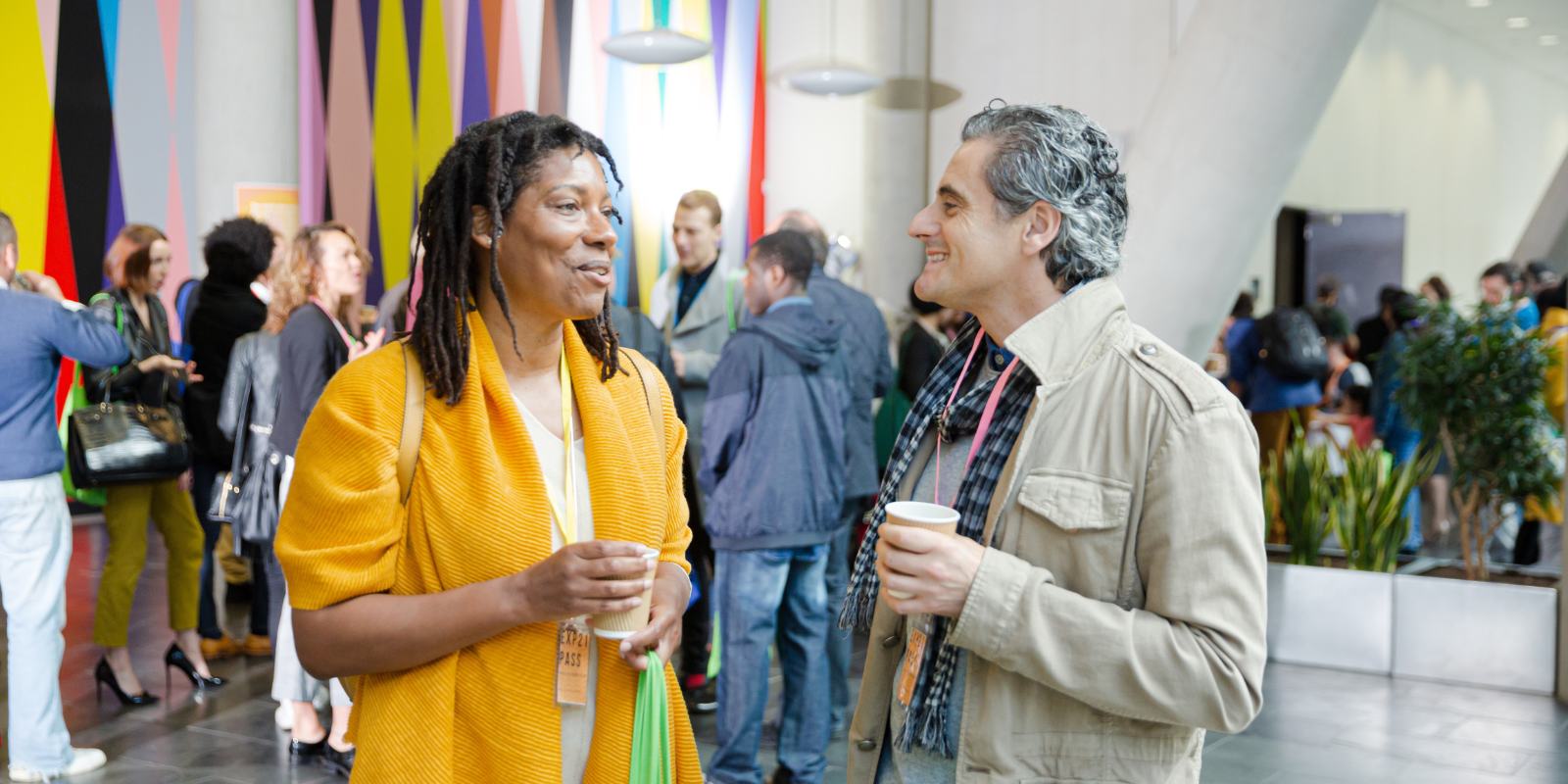
Health and wellness at events is a leading industry trend, one that’s leaving attendees feeling less stressed, better rested, and more fully considered.
This trend stems from a few places, the largest being the cultural and workplace shifts brought on by the pandemic. As an IMEX and Skift Meetings report recently described, “the pandemic has fundamentally changed what consumers see as true wellness.” Instead of a stretch break or a free stress ball, attendees see wellness at events as, “experiences that reflect their values and foster creativity, and respect their work-life balance.”
In other words, while health and wellness have been buzzwords for several years, planners are finding even deeper ways to weave both into all facets moving forward.
Joey Rodriguez, Manager of Meeting Tomorrow’s Event Planning Services, says that incorporating wellness more deeply into your events shows an authentic concern for attendees and their experience.
“Weaving in ways to boost physical and mental wellness speaks to the thoughtfulness of your planning efforts,” she said. “It shows you’re thinking about attendees’ wellbeing, and making sure basic human needs are met, and hopefully you can exceed expectations showing your ‘attendee-first’ approach.”
Here are seven emerging ways to truly center health and wellness from across the meetings and events industry.
Create A Meditation Area
Only a few minutes of meditation can reduce stress and restore calm.
That’s one reason conference organizers have been offering guided meditations or quiet spaces. These spaces let their attendees detach from the pressures of being at a show, and stay more present for the rest.
But IMEX 2022 took it to a new level with its “Be Well Lounge.” Housed in an inflatable room with calming lighting, the lounge held regular meditation sessions alongside healthy snacks and drinks.
The space was just for attendees to decompress from the bustling show floor and recenter on themselves. There were also free fitness classes, scheduled runs, and educational sessions to teach event planners how to “align your wellness initiatives with the ROI of your meeting stakeholders and participants.”
Opportunities for Exercise or Movement
Have you ever been sitting in a conference for hours, only to finally stand and feel how stiff your whole body is? Events can take a toll on how attendees feel physically, which is why more and more planners are incorporating different opportunities for movement.
Plus, as Rodriguez noted, people are used to tracking their health and physical activity in real-time with apps and products like Apple watches and FitBits. With tracking at attendees’ fingertips, it’s made clear if event organizers have not prioritized wellness in the agenda by at least including breaks and time for attendees to move and stretch.
While early dawn walking groups or runs have been a staple of corporate events for a while, in recent months, customized group fitness classes have been growing in popularity. Zumba, yoga, barre, pilates are all classes that are being offered for corporate groups. One of the benefits is that attendees actually feel more energized and focused after moderate exercise in the middle of the day.
But perhaps one of the most creative examples was the fitness gamification at PCMA’s 2021 EduCon. The points attendees earned for different activities were tracked on a leaderboard on the event app. Leading attendees won great prizes at the end based on points.
Movement was part of the game. For example, points could be earned for specific step counts. But there were dozens of other ways to earn points — getting a free massage at the lounge, breathing and meditation exercises, gratitude journaling, and connecting with other attendees. The game included many facets of health and wellness, so all attendees could find a way to join.
Another company who specializes in helping people move at events is Oakland-based Rock the Bike, which rents bike smoothie blenders, bikes that charge phones, bikes that churn ice cream, and much more.
Outdoor Venues
If your event is in a mild climate or predictable season, consider hosting part of your event outdoors. Even a short time outside may have a calming, positive effect on attendees’ overall experience.
As Kirsten McEwan, an associate professor at the University of Derby recently described in an article about the mental health benefits of being outdoors: “Just having those micro moments of life in nature, whether it is just 5 or 10 minutes a day, building up to that 120 minutes, it all has massive benefit.”
The interest in outdoor venues and events increased due to COVID due being less transmissible outdoors. Plus, people in many cities grew accustomed to more outdoor dining options.
Some companies are ahead of the curve. A few years ago, L.L. Bean hosted a marketing event outdoors, bringing modern office furniture, conference rooms, desk areas, residential-style soft seating, and picnic benches to a park in NYC. The event was based on a research study that found the vast majority of Americans would like to work outside if possible.
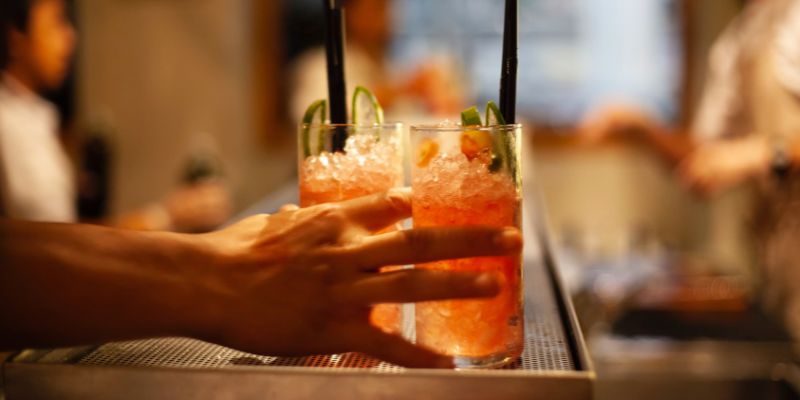
Mocktails / Non-Alcoholic Drink Options
The non-alcoholic beverage market has exploded since 2020. While it’s not new that people are not able or choose not to drink at corporate events, the demand for more creative non-alcoholic options has fully reached the events industry.
“People are literally thirsty (no pun intended) for better-for-you non-alcoholic options,” Bill Meissner, President and CMO of Splash Beverage Group, told Forbes in a piece about the surprising, rapid growth of the non-alcoholic beverage market. “By removing the unnecessary archaic stigma surrounding not drinking alcohol, we’ve seen that the interest, support and demand grows greater by the day.”
Just a few years ago, a Diet Coke or sparking water would likely have sufficed for an attendee who didn’t want to drink alcohol at a reception, gala, or other event. Now, it’s important to consider other options. BizBash has a great list of mocktails to inquire with your F&B provider about.
Sleep and Rest
Planners have a lot to balance. There’s a temptation to squeeze in as much programming as possible. Michael Dominguez, president and CEO of Associated Luxury Hotels International, recently described to BizBash that “nutrition and sleep quality has also been overlooked when it comes to wellness in the event and meeting sphere.”
Today’s attendees want to feel present, clear-minded, and rested. Be considerate of start and end times — push yourself to experiment with giving attendees more time to rest, exercise, catch up with family or work at home, or explore the city. They’ll return to your event fully present and engaged.
Focus On Inclusivity & Accessibility for All Attendees
Above all, you can’t have a focus on health and wellness if some attendees feel unsafe or unable to access the event equally.
There’s so many great resources in our industry about how to make sure your event is accessible and inclusive to all your attendees — from checklists to deep dives to thought leadership.
One major example: For many people with compromised immune systems, going to an in-person event still isn’t feasible due to COVID risks. This one key reason to consider a hybrid option, to allow people to access your event if travel could harm their health.
Focus on these core principles first, to make sure the rest of your health and wellness strategies have an impact for everyone. All attendees deserve to feel their full health and wellbeing is considered and appreciated.
Are you looking for a team to help plan your meeting, conference, gala, or other corporate event? We offer full service event planning nationwide. Don’t hesitate to reach out!
